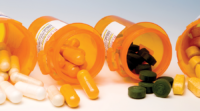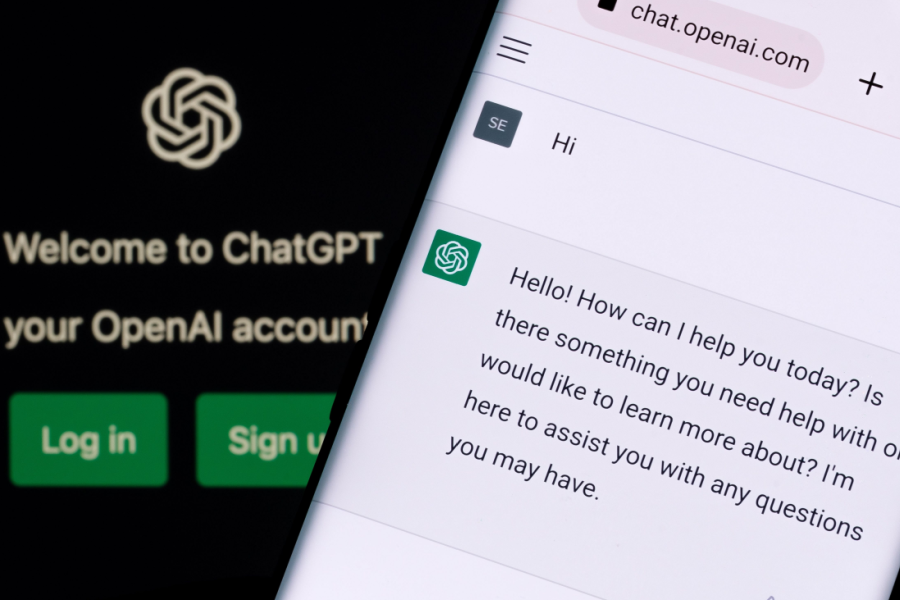Every year brings new challenges for independent community pharmacies.
Remember the big ones from recent years? Mail order, Star Ratings, healthcare reform and preferred pharmacy networks, to name a few. And even more recently, direct and indirect remuneration (DIR) fees and consolidation by pharmacy benefit managers (PBMs). Though you continue working to overcome these challenges today, your doors are still open and your lights are still on.
You know there will be all new challenges in the coming year. Don’t let what’s coming hurt your business. Armed with the right knowledge, tools and a can-do attitude, you can overcome them.
Here are some challenges (and solutions) independent community pharmacies can expect in 2017.
Challenge: Rising drug costs
Rising drug costs are a challenge that will continue to affect your patients and your business in 2017.
As you know, one of the most notorious drug price increases in 2016 was the EpiPen®, an epinephrine auto-injector that’s used for the emergency treatment of anaphylaxis, a severe allergic reaction. The price spiked from approximately $100 in 2008 to more than $600 in 2017, according to an Aug. 16 CBS News report.
The increased cost of the EpiPen led to frustrated patients, as many were outraged over the dramatic upsurge in cost for the life-saving medication. A trusted patient base is critical to any pharmacy business, especially an independent community pharmacy. And a substantial price-gouging incident, such as that of the EpiPen, may affect patients’ trust in their health care providers, including their local pharmacy.
Total health expenditures are also increasing for patients at an astounding rate. According to the latest data from the Centers for Medicare & Medicaid Services (CMS), overall health spending rose by 5.8 percent ($3.2 trillion or $9,990 per person) in 2015. Per-capita spending also increased by 5 percent.
Increased drug costs are not only a problem for your patients’ finances; they could also correlate to your pharmacy’s sales. For example, if a patient’s medication becomes too expensive, she might choose to forgo buying it.
Solution: Working with patients
Communicating closely with patients to lessen their drug price concerns is critical to your pharmacy’s future this year. Not only does speaking with patients help appease their anxieties, it can also enhance your pharmacy’s reputation for excellent customer service.
Meeting with patients on a regular basis to discuss their medication regimen can help you get a better idea of how to help, whether that be through working with the patient’s physician to change the prescription, substituting a different prescription or recommending assistance programs or coupons.
For example, patients with anaphylaxis can sign up for Mylan’s EpiPen assistance program, which enables uninsured individuals to receive an auto injector free of charge. Mylan also offers a savings card to make prices more manageable for patients.
Challenge: Limited drug pricing transparency
Manufacturers aren’t the only ones racking up the prices of medications. As you know, the lack of transparency among pharmacy benefit managers (PBMs) is contributing to increased costs as well.
Common tactics, such as PBM clawbacks, when patients are charged excessive copays, and DIR fees, a variety of fees that PBMs extract retroactively from pharmacies participating in Medicare Part D, hurt pharmacies and patients and add to corporate profits.
Without transparency, there’s no way to know if PBMs are doing what they’re hired to do: lower drug costs.
Solution: Taking action
A call for increased transparency gained traction in 2016, and will likely continue in the New Year.
One such breakthrough occurred in Vermont on June 2, 2016. The state became the first in the nation to require pharmaceutical companies to justify why their drug prices increased.
More legislative initiatives and pharmacists voicing their concerns will be required to keep the momentum going.
The National Community Pharmacists Association (NCPA) recommends voicing your concerns about questionable PBM practices—and other issues in transparency—through social media, contacting your legislators and supporting the work that NCPA and your state pharmacy associations do to promote PBM transparency.
Challenge: The opioid epidemic
The nation’s opioid epidemic is in full force. And, both your patients and your business are at risk.
The number of individuals dying from drug overdoses is multiplying at an astonishing rate. Since 2000, the rate of deaths from drug overdoses has increased 137 percent, according to a January 2016 report from the Centers for Disease Control and Prevention (CDC).
The opioid epidemic is not only lethal to patients, but your pharmacy as well. Pharmacy theft and stricter access to narcotics, both a deterrent to pharmacy sales, can be linked to the growing national problem.
Solution: Expanding pharmacists’ roles
Pharmacists can play a vital role in combatting the nation’s opioid epidemic.
Initiatives, such as the Comprehensive Addiction and Recovery Act (CARA), recognize the important role pharmacies play in combatting the opioid epidemic. And, many states have passed legislation that authorizes pharmacists to prescribe opioid overdose reversal agents.
Keep this momentum going by advancing your profession in 2017. Meet with your elected officials, join forces with state representatives, know key legislation and become a pharmacy advocate to help further advance your profession and help fight the opioid epidemic.
Discover the top independent pharmacy challenges in 2016.












